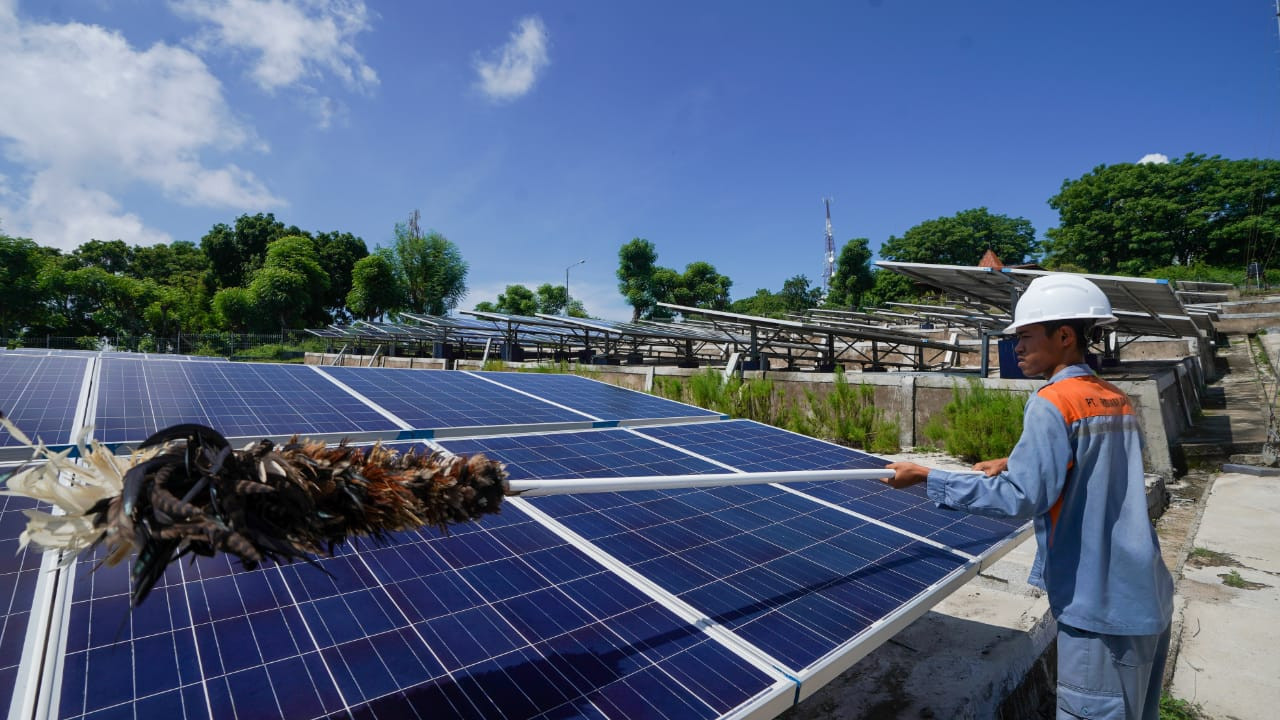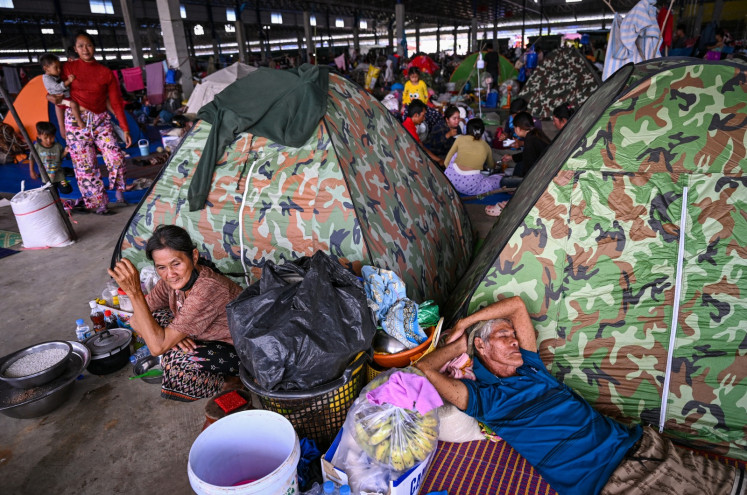Popular Reads
Top Results
Can't find what you're looking for?
View all search resultsPopular Reads
Top Results
Can't find what you're looking for?
View all search resultsGreen power can’t drive COVID recovery
Trying to recover from the coronavirus using wind and solar power makes no more sense than abandoning the safety of a robust ocean liner in the midst of a severe storm.
Change text size
Gift Premium Articles
to Anyone
O
n Thursday, July 9, the International Energy Agency (IEA) is hosting its Clean Energy Transitions Summit, an on-line event that IEA executive director Fatih Birol calls “the most important global event on energy and climate issues of 2020.”
It will bring together high-ranking representatives of the world’s largest economies as well as developing nations, accounting for 80 percent of global greenhouse gas emissions. The IEA says that “discussions will be informed by the IEA's World Energy Outlook Sustainable Recovery report …”
Among the recommendations of this document? “Accelerate the growth of wind and solar PV [photovoltaics].”
This idea will be supported by politicians and activists across the world who, for months now, have been calling for a ‘green recovery’ from the COVID-19-induced economic shutdown. We must return to a ‘new normal,’ they say, one in which action on climate change is put front and center.
That would be a serious mistake. Consider the following analogy.
Imagine you are travelling in the safest, most powerful ocean liner in the world. One day, in the midst of a severe storm, the captain announces, “To ensure your safety, we’re scuttling the ship. Man the lifeboats!”
A deck-hand explains to the incredulous passengers, “The Captain believes that big vessels like ours are making storms worse. So, we must sink the ship!”
Hours later, the crew assures frightened passengers huddled in storm-tossed lifeboats, “We had to scuttle the ship or this storm, and future storms, would have been even worse!”
Sound crazy? Yes, but that is essentially what activists are saying as we work to recover from today’s economic storm. Recovery must focus not on cheap and dependable conventional power sources, they tell us, but on unreliable and costly wind and solar power. After all, climate change is a deeper problem than the virus, according to United Nations Secretary-General Antonio Guterres.
Planet of the Humans, a documentary released on April 22 by film producer Michael Moore, demonstrates the many problems with this approach. In particular, Moore reveals the extensive damage done to Earth’s bio-systems when vast regions are converted into wind and solar power plants. US National Renewable Energy Laboratory scientist Walter Musial explained, “To have a wind farm large enough to power Long Island in New York state would take an area half the size of Long Island. Putting it offshore makes a lot of sense.” Yes, if you care nothing for the cost, environmental damage and the threat to whale populations that recent research warns about.
And that is just the start of wind and solar’s impact on the natural world. Moore shows open-pit mines gouged deep into the Earth to extract iron, aluminum, copper, and other minerals needed for these plants. Hundreds of tons of cement are required to anchor the base of the 300-500-foot-high industrial wind turbines which slaughter millions of birds and bats every year. And then there are untold tons of earth and rocks blasted with thousands of pounds of dynamite to extract relatively small amounts of rare earth metals, produced mostly under terrible environmental conditions in China.
And, what is that in the background ready to take up the slack when the wind does not blow or the Sun does not shine? Fossil-fuel power plants, of course. Moore’s film shows that solar stations are really just a front for more, not less, fossil fuel plants.
We will be fortunate indeed if we are able to return to the ‘old normal’ in which we relied on solid, dependable coal, oil, natural gas, nuclear and hydro power. Trying to recover from the coronavirus using wind and solar power makes no more sense than abandoning the safety of a robust ocean liner in the midst of a severe storm.
***
Tom Harris is executive director of the Ottawa-based International Climate Science Coalition (ICSC), where Jay Lehr is senior policy adviser.










